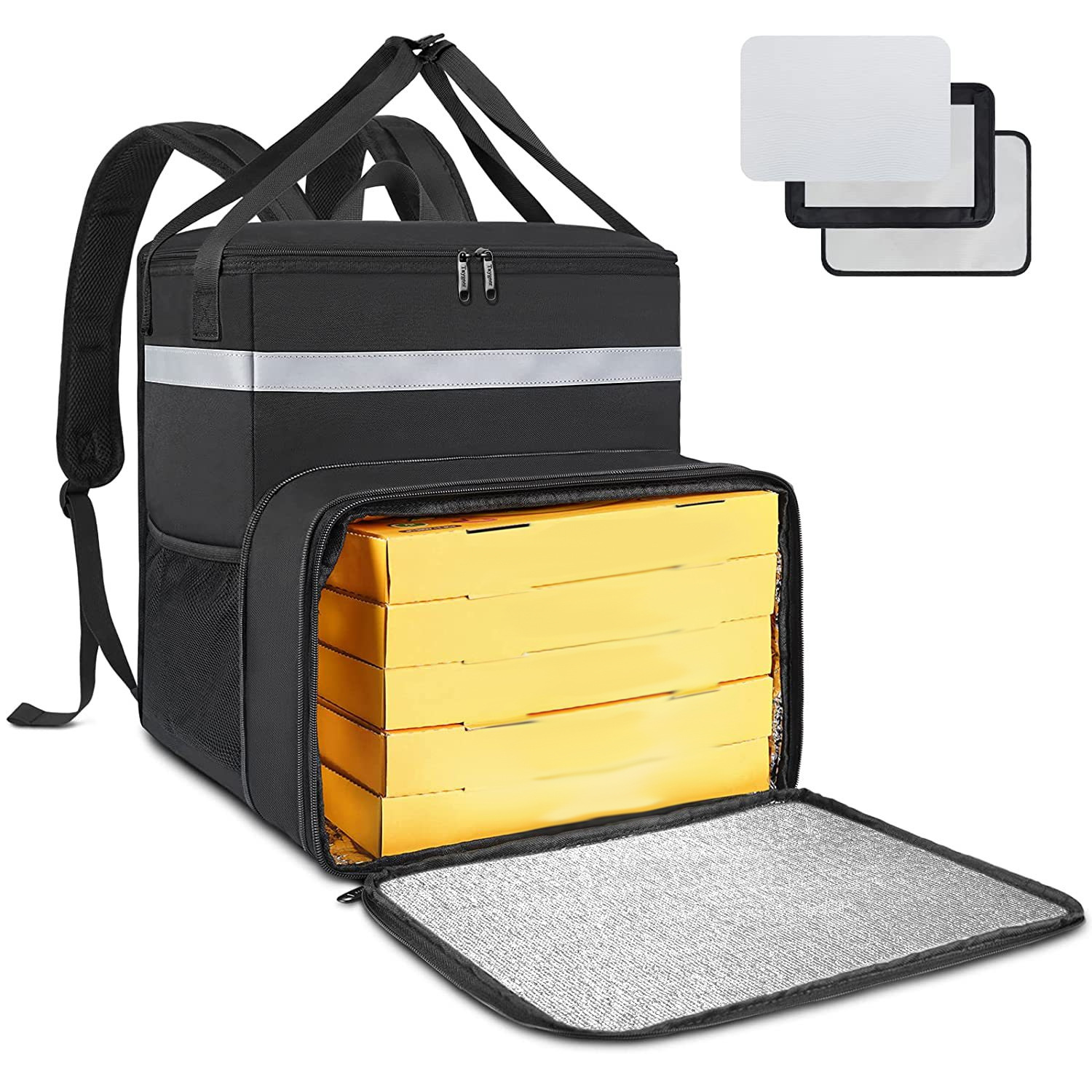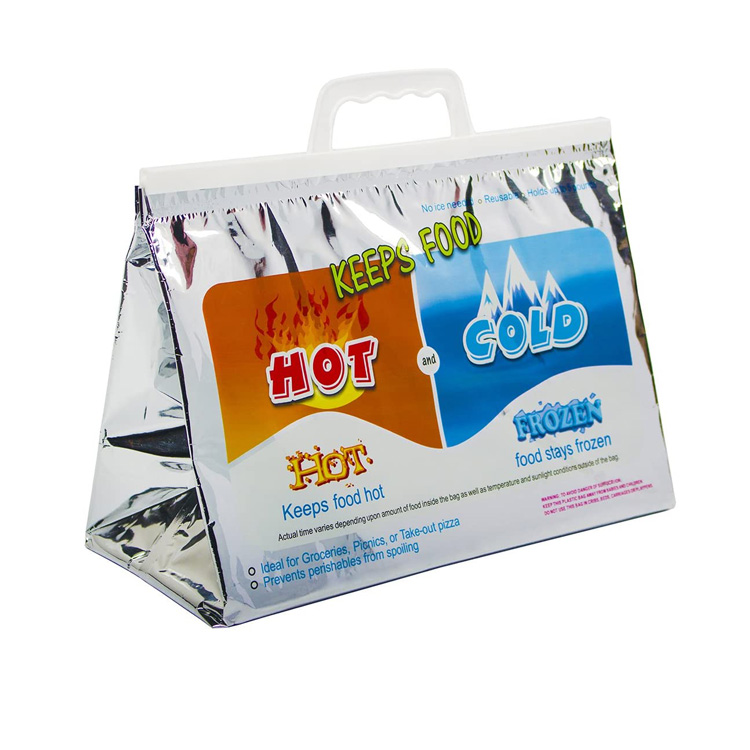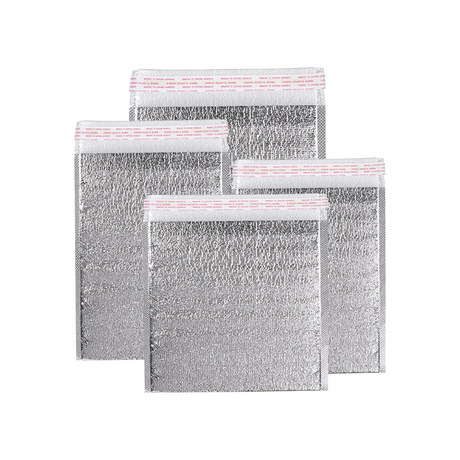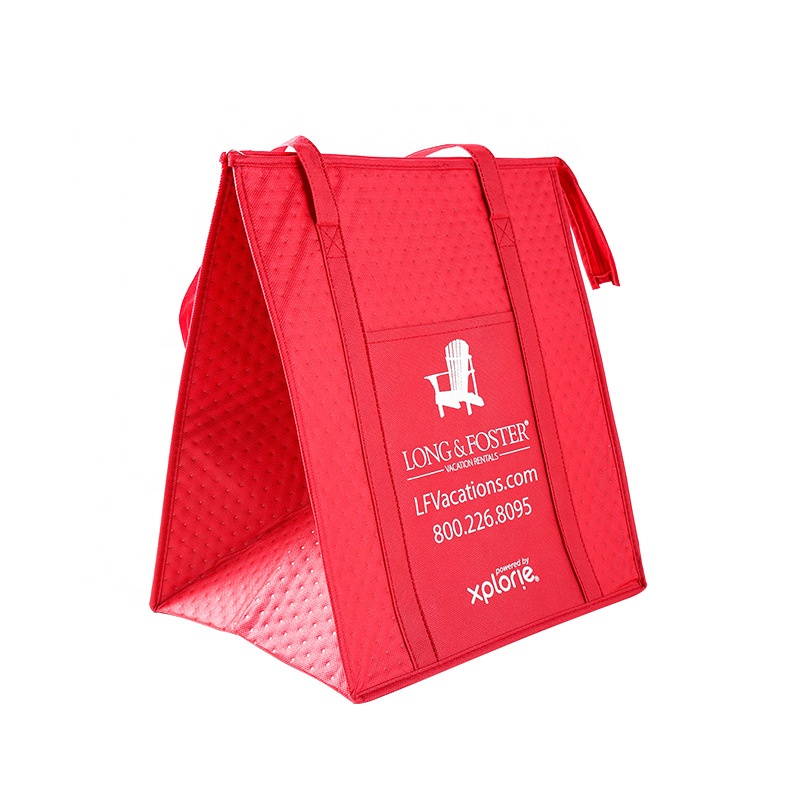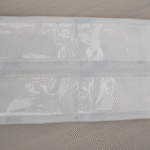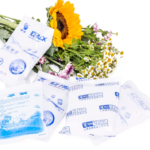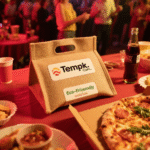Blok blok blue freezer: Advancing Cold Chain Sustainability and Performance
The demand for reliable temperature-controlled logistics has driven innovation in blue freezer blocks, a critical component in preserving perishable goods during transit. Combining advanced materials, energy efficiency, dan tanggung jawab lingkungan, these cooling solutions are transforming industries ranging from food delivery to pharmaceutical transport. This article examines the technological advancements, aplikasi, and challenges of blue freezer blocks, with insights into Tempk’s pioneering ice brick designs.

1. Material Innovations in Freezer Block Technology
Modern blue freezer blocks leverage bio-based polymers and phase-change materials (PCMS) to balance thermal retention with sustainability. Misalnya, biodegradable hydrogel composites derived from plant cellulose can maintain sub-zero temperatures for up to 48 hours while decomposing within 12 months in industrial composting conditions3. Hybrid materials like nano-enhanced paraffin wax, infused with graphene oxide, improve thermal conductivity by 30% compared to traditional blocks, enabling faster freezing cycles and reduced energy consumption6.
Recent studies also highlight the use of R134a refrigerant alternatives in modular freezer systems, which minimize greenhouse gas emissions while achieving -20°C stability—critical for vaccine transport3.
2. Functional Applications Across Industries
Blue freezer blocks are indispensable in:
-
Pharmaceutical Logistics: PCM-based blocks maintain precise temperature ranges (2–8 ° C.) for vaccines, reducing spoilage risks by 95%9.
-
Pengiriman makanan: Reusable blocks with UV-resistant coatings extend frozen food shelf life by 72 jam, even in fluctuating outdoor temperatures7.
-
Emergency Cold Storage: Rapid-freeze blocks activated by water immersion provide portable cooling for disaster relief, achieving -15°C within 10 menit9.
3. Challenges in Design and Adoption
Despite their benefits, key hurdles persist:
-
Cost vs. Daya tahan: Bio-based materials remain 20–30% more expensive than conventional plastics, though lifecycle analyses show long-term savings from reduced waste3.
-
Thermal Consistency: Irregular thawing cycles in non-insulated packaging can compromise performance, necessitating smart sensors for real-time monitoring7.
-
Recycling Infrastructure: Less than 15% of used freezer blocks are properly recycled due to fragmented collection systems, highlighting the need for standardized disposal protocols6.
4. Tren masa depan: Smart and Circular Solutions
Emerging technologies aim to address these challenges:
-
IoT-Enabled Blocks: Embedded temperature loggers sync with mobile apps to alert users of deviations, ensuring compliance with cold chain standards9.
-
Circular Material Loops: Companies like Tempk are piloting take-back programs, where used blocks are repurposed into raw materials for new products, achieving 90% closed-loop efficiency3.
5. Tempk’s Ice Bricks: Leading the Market
Tempk Inc. stands out with its EcoFrost Ice Bricks, engineered for superior performance:
-
Extended Thermal Retention: Proprietary nano-ceramic layers reduce heat transfer by 40%, maintaining -18°C for 60+ jam7.
-
Eco-Certified Materials: Terbuat dari 100% post-industrial recycled PLA, these bricks decompose within 18 months without microplastic residue3.
-
Modular Design: Interlocking shapes optimize space in coolers, reducing shipping volume by 25% compared to traditional blocks10.
By integrating sustainability with cutting-edge engineering, Tempk’s solutions exemplify the future of cold chain logistics.







